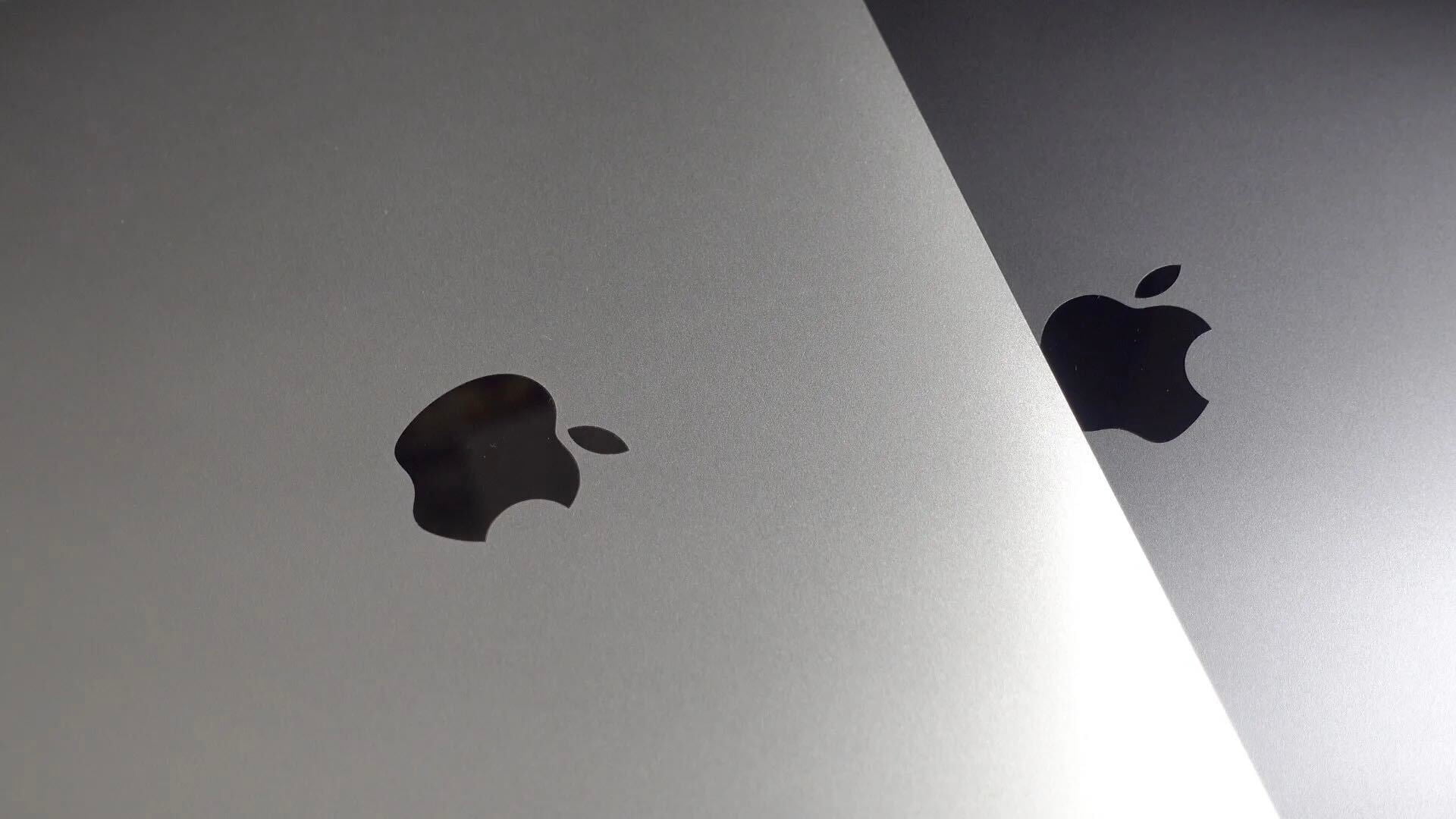
Making The Grade is a weekly series from Bradley Chambers covering Apple in education. Bradley has been managing Apple devices in an education environment since 2009. Through his experience deploying and managing 100s of Macs and 100s of iPads, Bradley will highlight ways in which Apple’s products work at scale, stories from the trenches of IT management, and ways Apple could improve its products for students.
When the iPad was released was back in 2010, many people in the education industry saw it as a way to end the large backpacks that children have to carry back and forth to school. To sum it up, that mainly hasn’t happened. In 2018, there still aren’t great solutions for the majority of schools to deploy ebooks in mass to any device. This problem spans across the Apple Bookstore, Kindle store, and the Google Play store.
There are ways to deploy books to devices, but not in a way that makes sense for how most schools (particularly public ones) operate. In colleges and universities, students often buy the books themselves. In K–12 schools, schools generally work in a completely different way. Schools buy the books, use them for four years (sometimes longer), and they let students use them for the year.
With the current model in the Apple Bookstore through Apple’s Volume Purchase store, books that are deployed to Apple IDs are not able to be taken back. With the app section of the VPP store, apps can be assigned and reassigned. This model would be perfect for textbooks.
Why hasn’t that happened? Textbook publishers haven’t allowed Apple to do this. To be fair, they haven’t allowed anyone to do this. Amazon’s deployment model has the same limitation. Once the book is assigned to an account, it cannot be removed and reassigned. Unlike the App Store, Apple has very little leverage over the textbook market.
The publishers have all of the power, and they’ve been reluctant to change from their existing models. So why is this a problem? Let’s look at the numbers. If a school pays $40 for a textbook, and they use it for five years, they are paying $8 per year. An example of an Apple Books textbook is Algebra 1 for $15.
This textbook would have to be rebought every single year for every individual student. This price is almost double the per year cost for the paper textbook. The frustrating part of this is that the cost for a digital product works out to be more than the cost of a paper textbook.
Here we are in 2018, and the discussion about e-textbooks has largely gone away. What’s happened is that physical books are coming with a digital component (generally web access to the book + additional materials). I am not sure how I feel about this to be perfectly honest.
On the one hand, I think that the cost of digital textbook books should be a lot less than paper textbooks. On the other hand, the iPad is much more useful as a creation tool vs. just a screen showing a textbook.
I wish the market had developed to where all paper textbooks where available on Apple Books, and they could be deployed and taken back inside Apple’s VPP program like apps. On the other hand, the iPad evolved into a really great creation tool for schools. The rest is history.
FTC: We use income earning auto affiliate links. More.



Comments